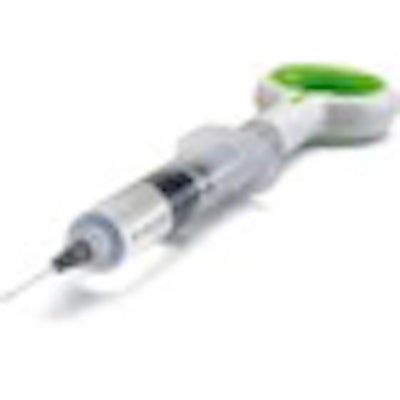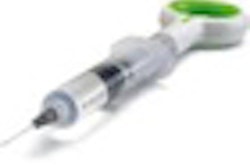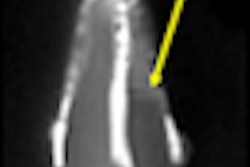
While syringe irrigation is the most common technique used for clearing dentin debris during root canals, practitioners may want to consider incorporating an activated irrigation system into their root canal procedures, according to Swiss researchers.
Both hydrodynamic and ultrasonic irrigation performed better than syringe irrigation on dentin debris removal in their study, which was published earlier this year (Oral Surgery, Oral Medicine, Oral Pathology, Oral Radiology, and Endodontology, April 2011, Vol. 111:4, pp. 529-534). Additionally, the researchers found that ultrasonic irrigation is the most effective in straight canals, while hydrodynamic irrigation is superior in curved canals.
"While there are already studies about ultrasonic or hydrodynamic irrigation efficiency in straight root canals, there was no data about the efficiency in curved root canals until recently," lead study author Mauro Amato, DMD, a postgraduate student at the University of Basel, told DrBicuspid.com.
While the activated irrigation systems outperformed syringe irrigation in some respects, Dr. Amato advised against abandoning the older, more popular technique.
“An activated irrigation system is recommended; which one is a dentist's choice.”
— Mauro Amato, DMD
"Syringe irrigation is still recommended as irrigation during instrumentation of the root canal(s)," Dr. Amato advised. "For final irrigation, an activated irrigation system is certainly beneficial."
Dr. Amato and his colleagues based their study on similar research conducted at the Chonbuk National University School of Dentistry in South Korea (International Endodontic Journal, October 2004, Vol. 37:10, pp. 672-678).
In that study, which compared ultrasonic irrigation to syringe irrigation, the researchers also found the former to be a better technique. "Ultrasonic irrigation ex vivo is more effective than syringe irrigation in removing artificially created dentine debris placed in simulated uninstrumented extensions and irregularities in straight, wide root canals," the authors concluded.
However, that study was limited in that only straight, wide canals were tested. Dr. Amato and his colleagues wanted to simulate an environment closer to the clinical one dentists encounter.
"Most root canal treatments are performed on multirooted teeth, where clinicians must treat curved canals," he added.
Measuring remaining debris
In Dr. Amato's study, 12 human teeth -- six single-rooted premolars with straight canals and six molar roots with curved canals -- were prepared to an apical size of 45 and split longitudinally. Canal irregularities were simulated by cutting three standard depressions in one canal wall of each tooth and covering them with debris. In each sample, each irrigation technique -- syringe, hydrodynamic, and ultrasonic -- was tested on one of the three depressions after the teeth were reassembled.
Following irrigation, the root halves were separated, and images of the canal walls were taken with a digital camera. Scoring systems were set for the depressions and the root canal wall to evaluate the amount of remaining debris:
Canal wall
- Score 0: The entire root canal wall is free of debris.
- Score 1: Less than half of the root canal wall is covered with debris.
- Score 2: Half or more of the root canal wall is covered with debris.
- Score 3: The entire root canal wall is covered with debris.
Depressions
- Score 0: The entire depressions are free of debris.
- Score 1: Less than half of the depressions are filled with debris.
- Score 2: Half or more of the depressions are filled with debris.
- Score 3: The entire depressions are filled with debris.
When evaluating the remaining debris microscopically, the researchers found that the hydrodynamic and ultrasonic irrigation techniques were significantly more effective in both straight and curved root canals than syringe irrigation was for removing debris. Debris removal using syringe irrigation achieved significantly lower scores (p < 0.03) in the root canal wall group compared with the depression group, while the activated irrigation techniques showed no significant differences (p = 0.1561, p = 0.7112) between the groups.
However, ultrasonic irrigation proved to have a higher efficiency in the straight root canals, while hydrodynamic irrigation was more efficient in the curved canals.
"The results in curved canals are new and show an interesting aspect of the hydrodynamic irrigation technique efficiency," Dr. Amato noted.
For the typical practitioner, Dr. Amato had this advice: "An activated irrigation system is recommended; which one is a dentist's choice."



















